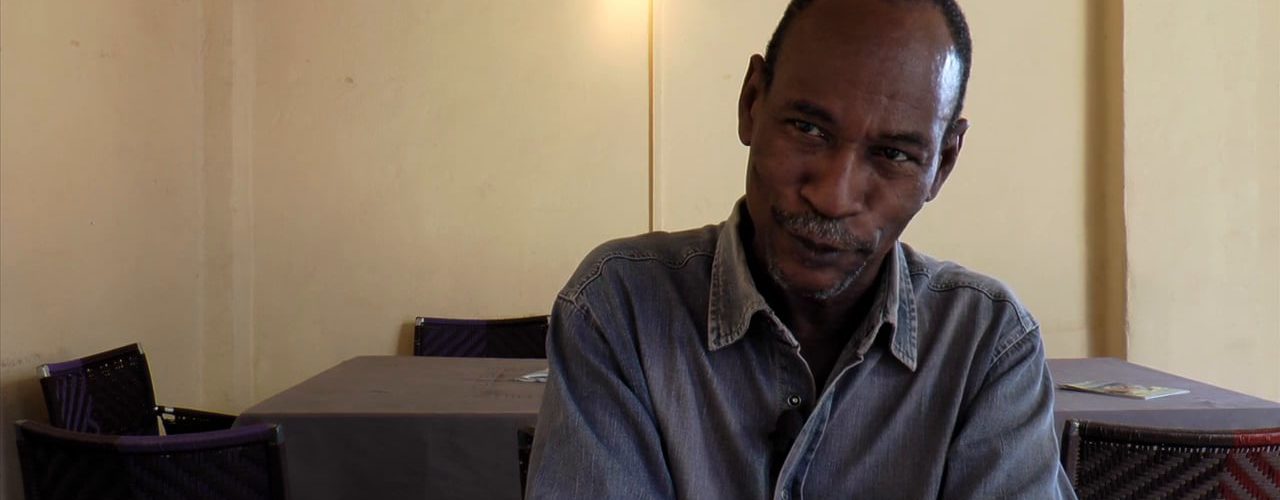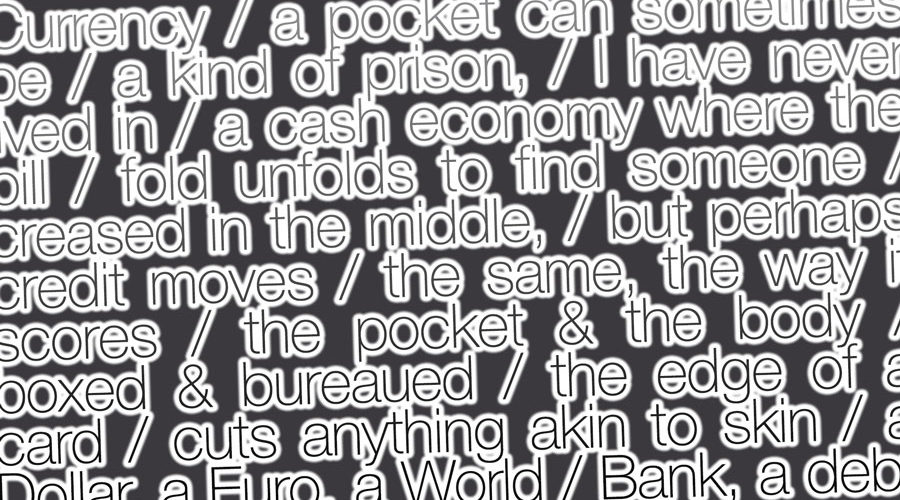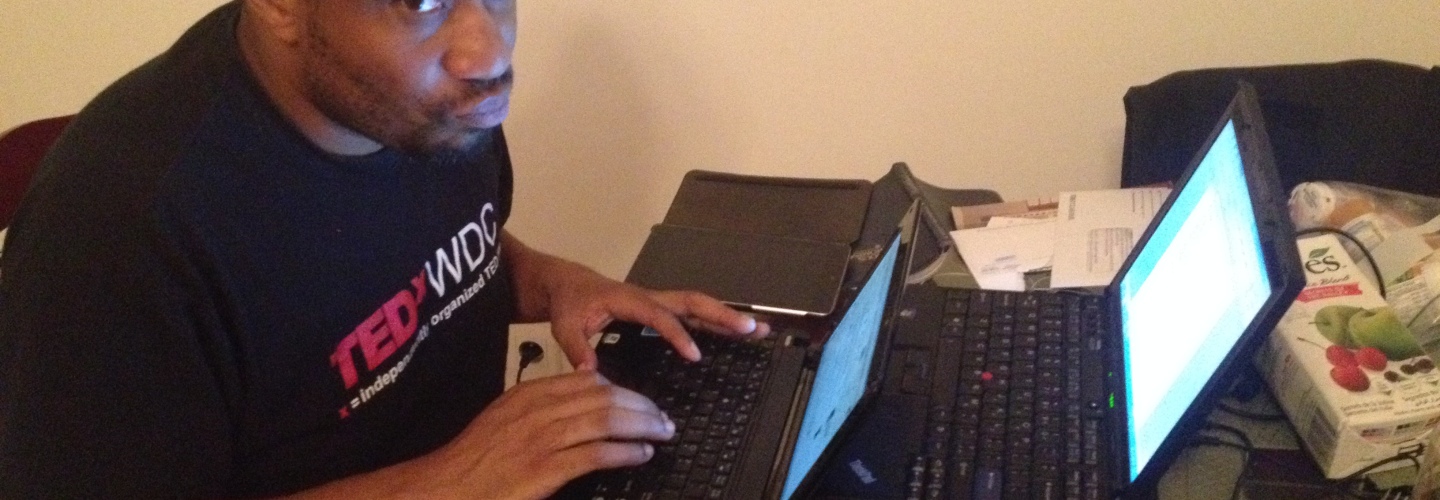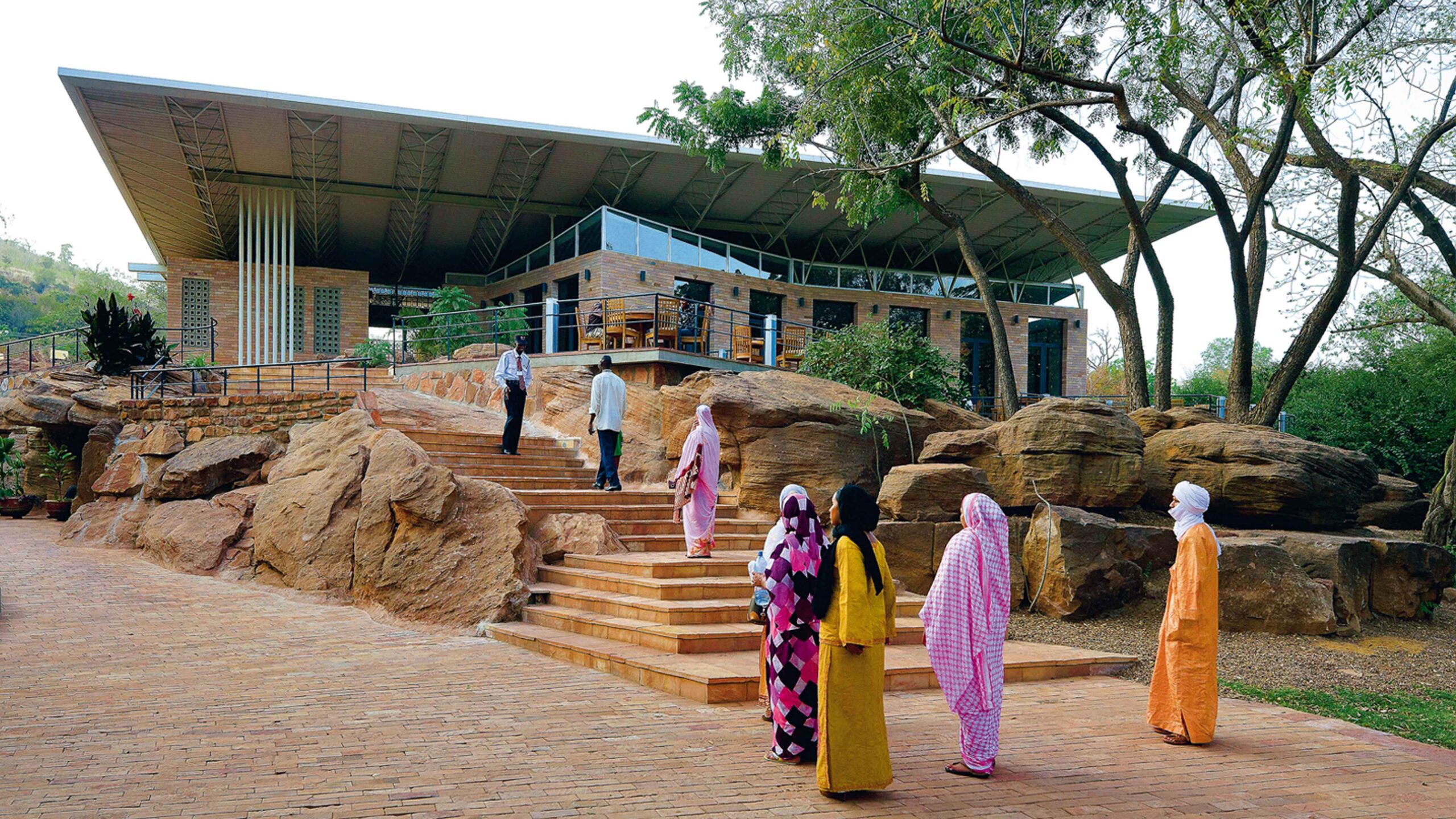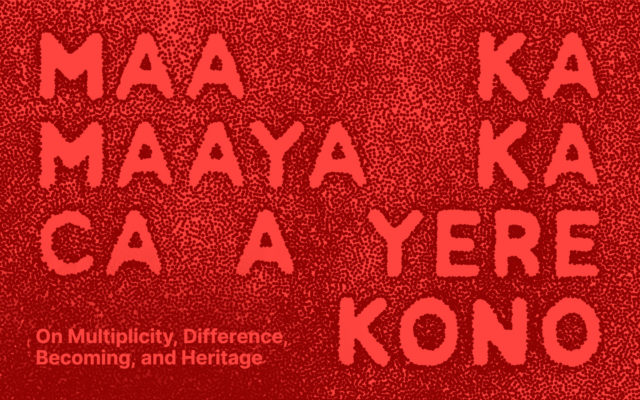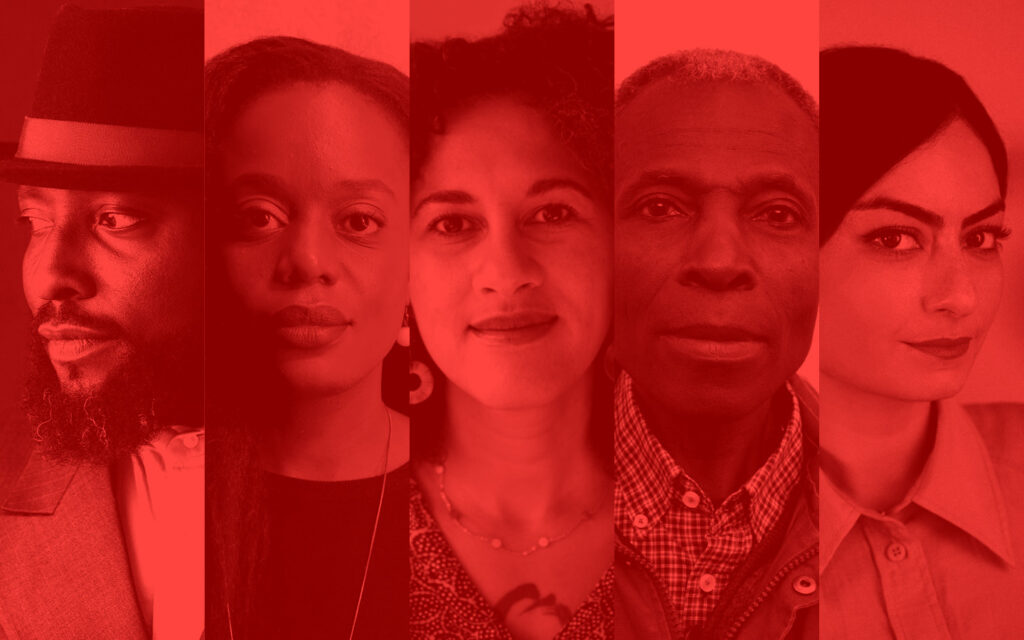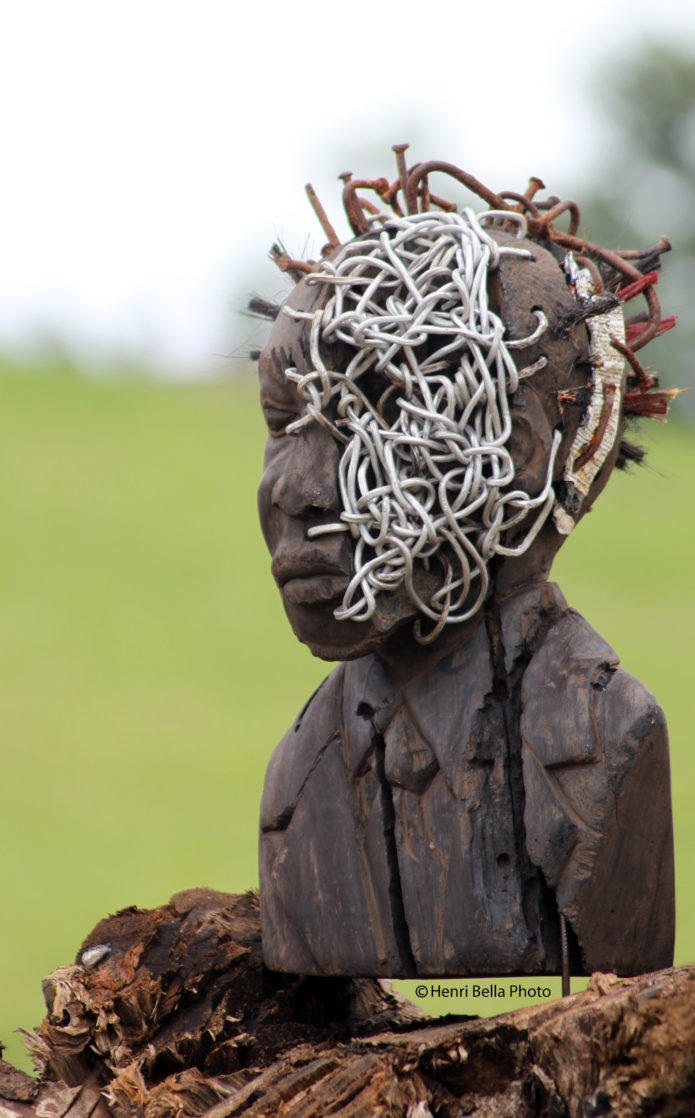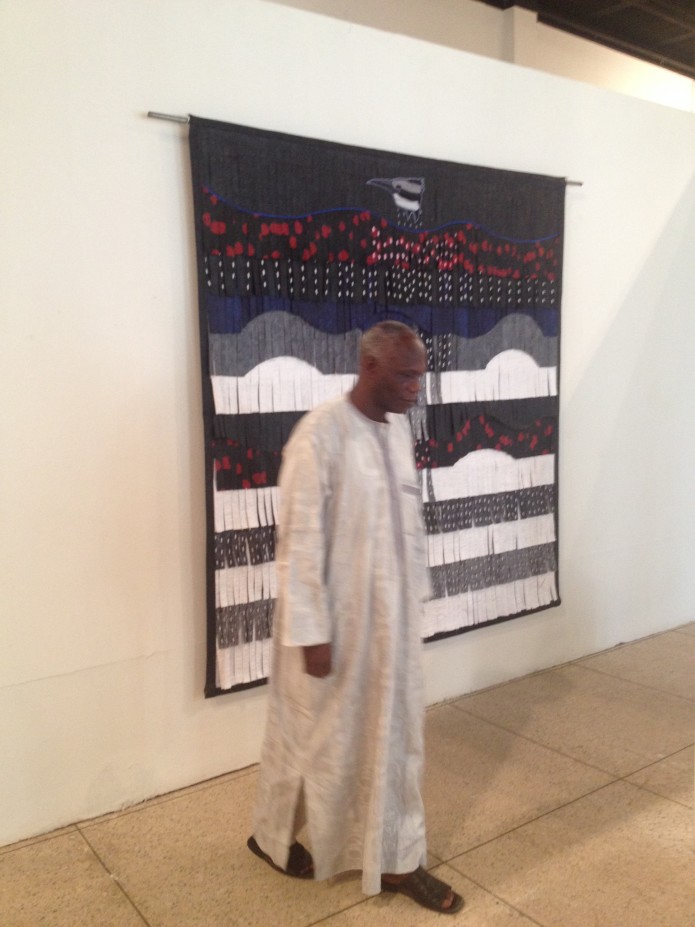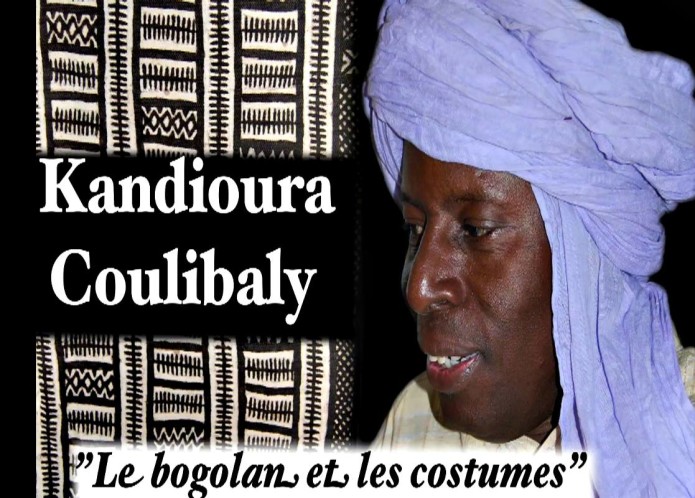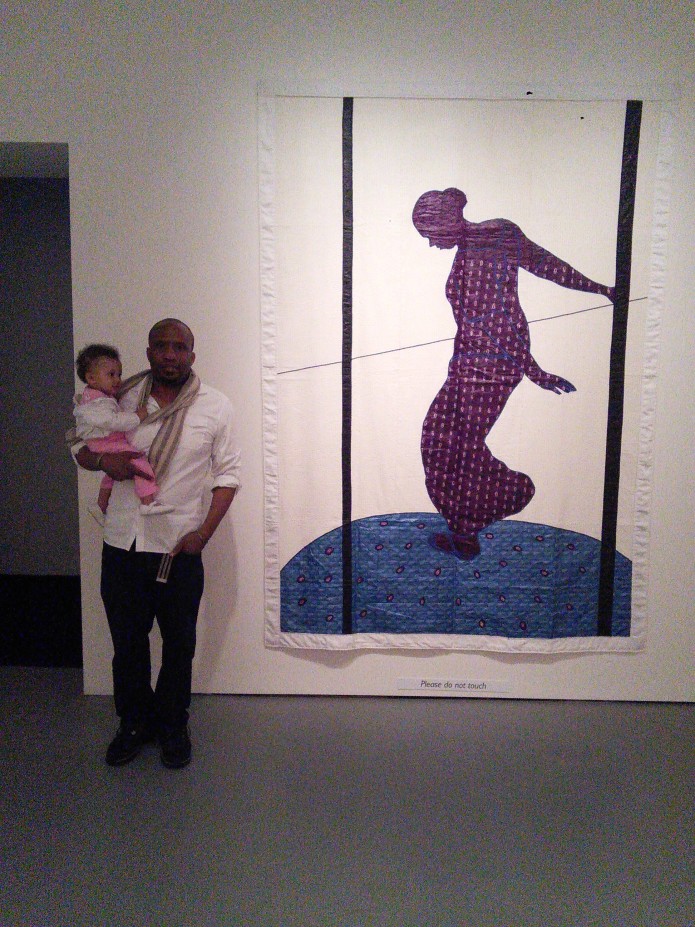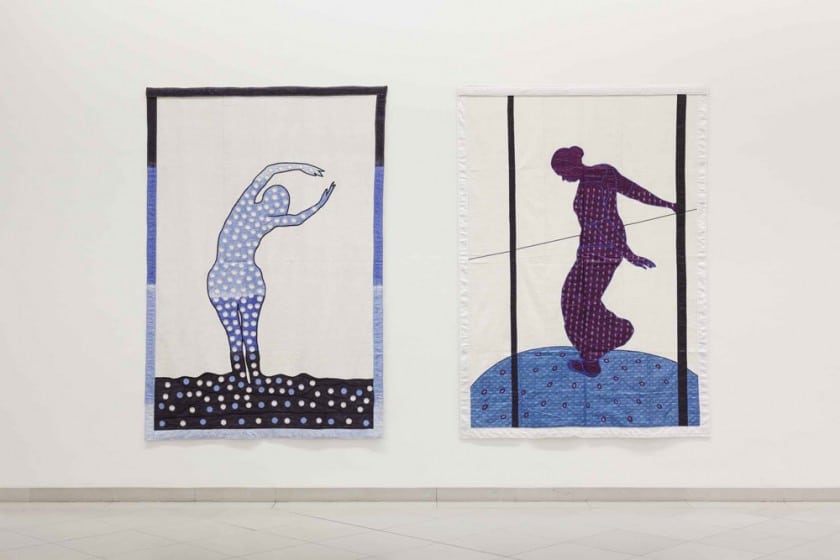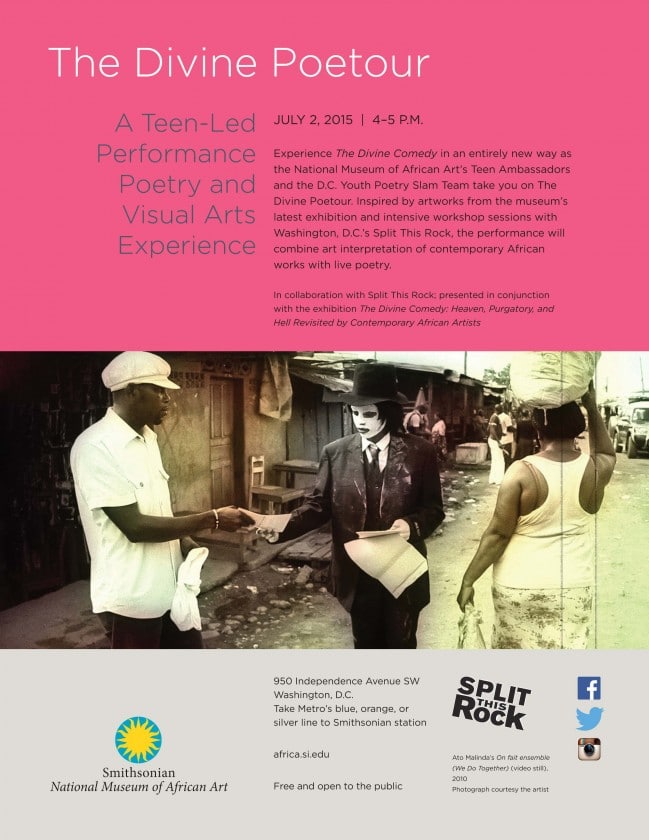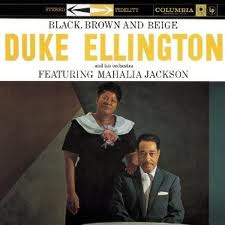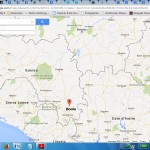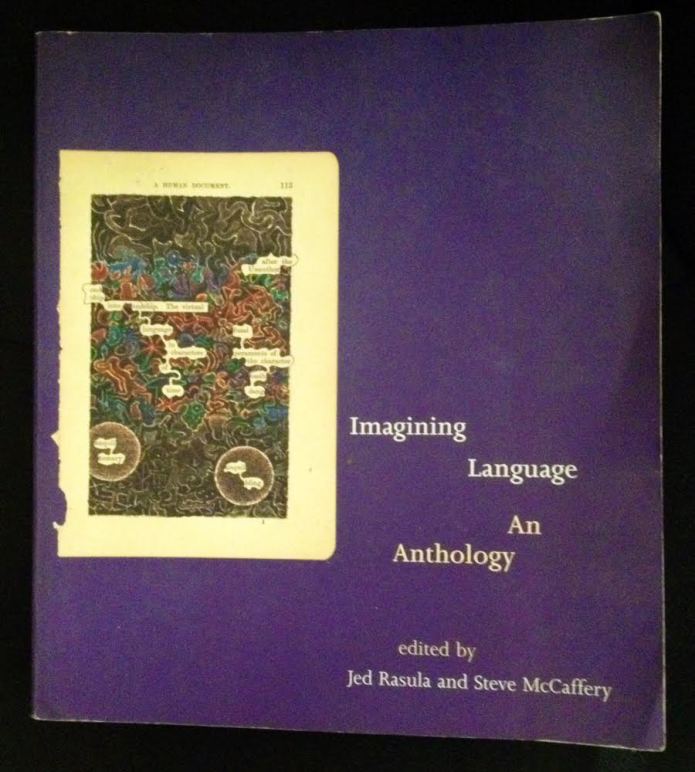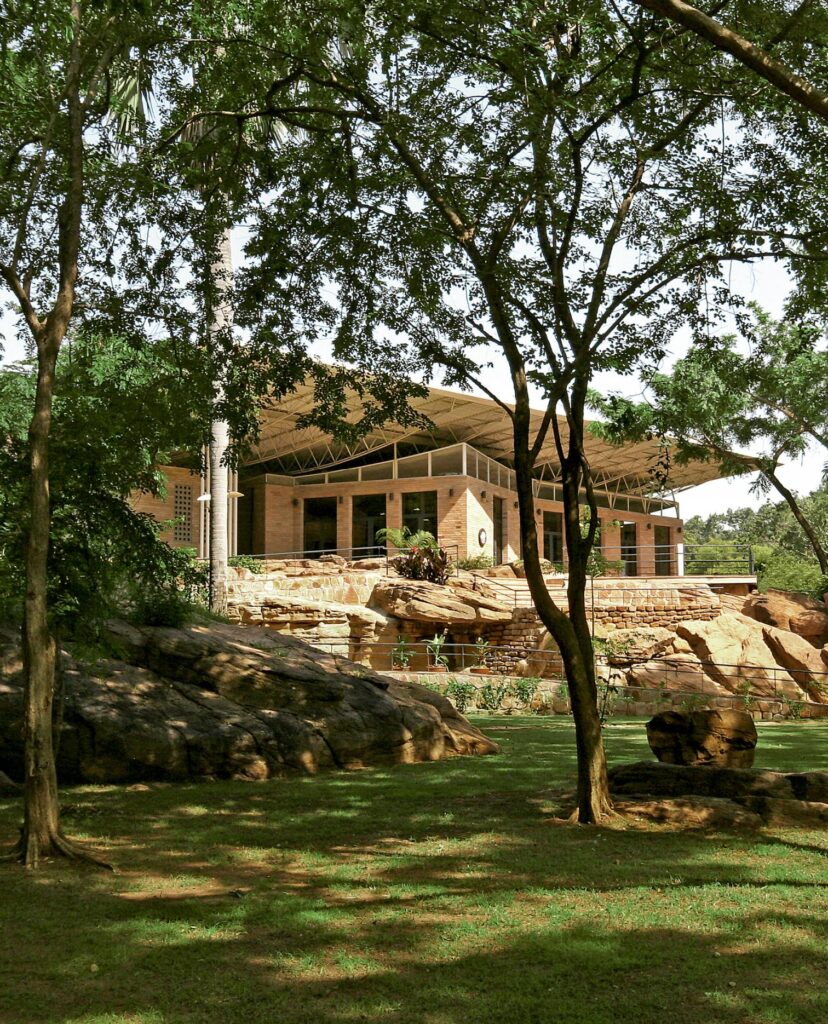
Although Burkinabe architect Diébédo Francis Kéré is not Malian, his work holds a very special presence in Bamako, the capital of Mali. Kéré’s firm was engaged to breathe new life into the Parc National du Mali back in 2010 on the occasion of the 50th anniversary of Mali’s independence.
The centerpiece of the park’s refreshed design is the restaurant that sits embedded into one of the rocky hills of the grounds of the park. One of Kéré’s trademarks is using elements and materials that are a part of the context they are in. You can see this a work in every project his firm works on, not just in Bamako.
The Parc National du Mali holds a special place in my own life because I spent A LOT of time there with my oldest daughter when she was a baby. Although we did not go into the iconic restaurant a lot, we did spend go the to Tea House a lot to chill, drink tea and eat some of the best croissants I had ever had until my first stay in Paris (a story for another day).
After sitting with his work for a while it is very easy to see the 5 principles Kere says make “great” architecture:
1. Involve the community
2. Innovate with local knowledge and materials
3. Use minimal resources
4. Design with regional sensibilities and traditions
5. Build architecture that improves equality
You can read the full article here.
I hope to do a Kere tour to see all the projects he has built, I think it would be dope to do an architecture, culture, and cuisine tour of his works…
Here are a few links to more of Kere’s work: HERE ,HERE, HERE, & HERE
